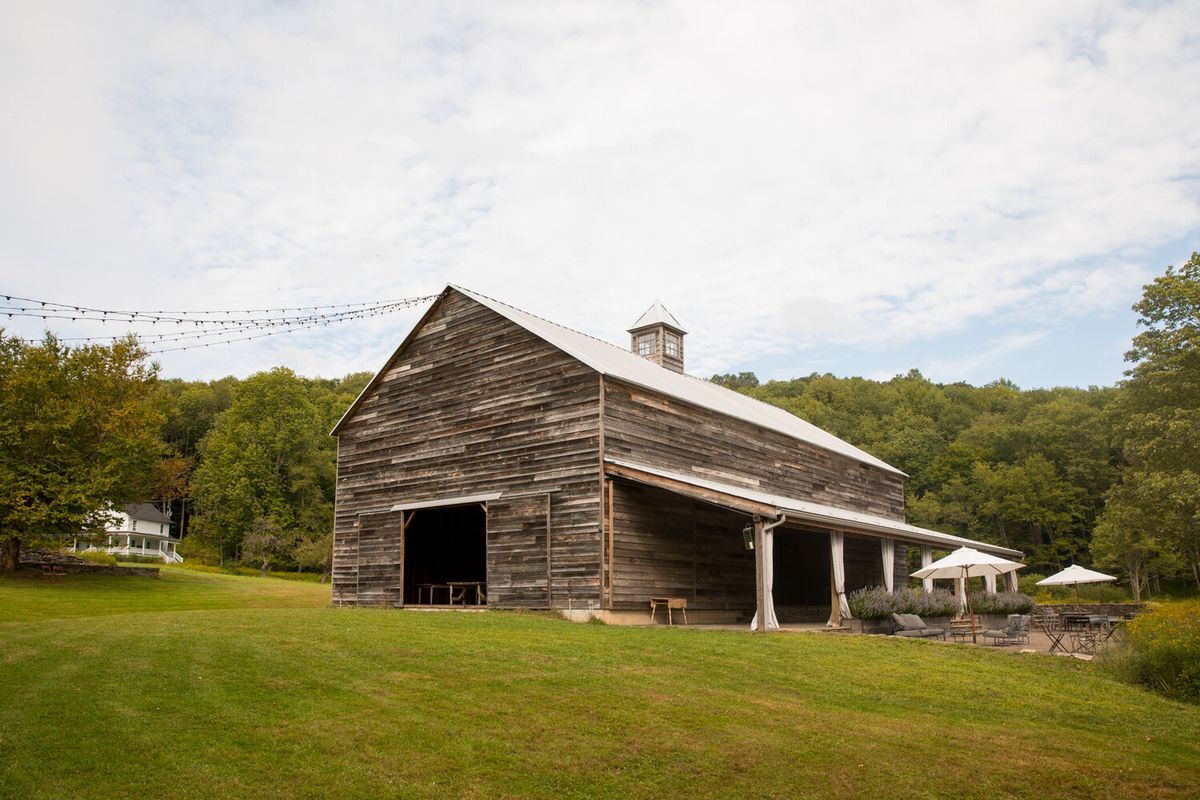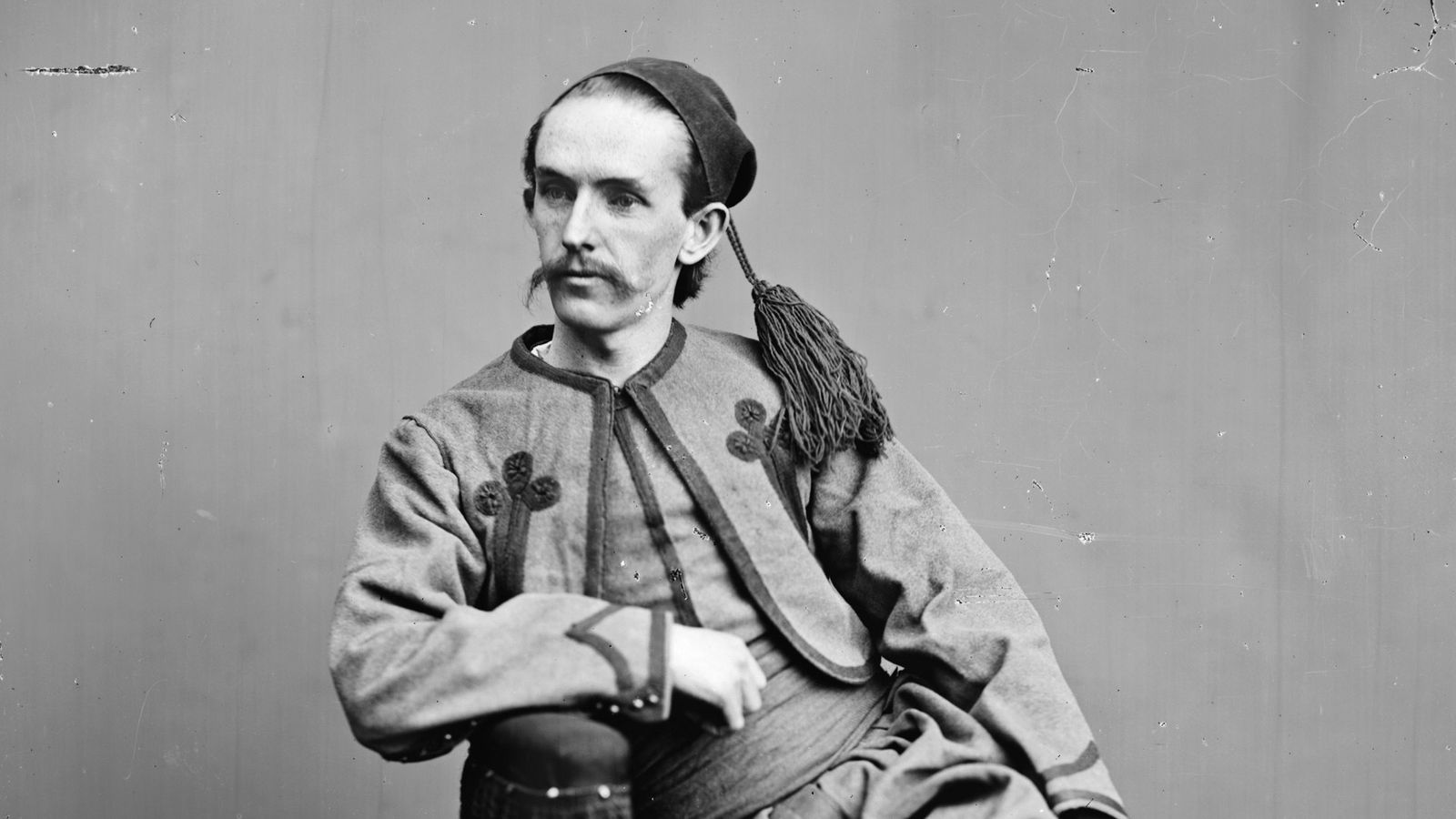
Ever wondered about the marvels of ancient architecture? The Kailasa Temple in Ellora, India, is a stunning example of rock-cut architecture that leaves visitors in awe. Carved from a single rock, this temple is dedicated to Lord Shiva and showcases the incredible skill of ancient Indian craftsmen. Built in the 8th century by the Rashtrakuta king Krishna I, it stands as a testament to human ingenuity and devotion. The temple's intricate carvings, towering pillars, and detailed sculptures make it a must-see for history buffs and architecture enthusiasts alike. Ready to dive into 35 fascinating facts about this architectural wonder? Let's get started!
Key Takeaways:
- The Kailasa Temple in India is a remarkable rock-cut temple dedicated to Lord Shiva, showcasing incredible architectural skills and artistic mastery. It continues to inspire awe and admiration from people around the world.
- Carved from a single rock, the Kailasa Temple is a cultural and religious symbol, attracting thousands of visitors annually. Its construction techniques and mysterious legends continue to captivate the imagination of scholars and tourists alike.
The Marvel of Kailasa Temple
The Kailasa Temple in Ellora, India, is a breathtaking example of ancient rock-cut architecture. Carved from a single rock, this temple stands as a testament to the ingenuity and skill of its creators. Here are some fascinating facts about this architectural wonder.
-
The Kailasa Temple is part of the Ellora Caves, a UNESCO World Heritage Site in Maharashtra, India.
-
It is dedicated to Lord Shiva, one of the principal deities in Hinduism.
-
The temple was commissioned by King Krishna I of the Rashtrakuta dynasty in the 8th century.
-
Carved from a single monolithic rock, it is one of the largest rock-cut temples in the world.
-
The temple complex covers an area of about 60,000 square feet.
Architectural Brilliance
The design and construction of the Kailasa Temple showcase the incredible architectural skills of ancient Indian craftsmen. Each detail reflects their dedication and expertise.
-
The temple is designed to resemble Mount Kailash, the mythical abode of Lord Shiva.
-
It features a multi-storied structure with intricate carvings and sculptures.
-
The main shrine houses a large Shiva lingam, a symbol of Lord Shiva.
-
The temple has a U-shaped courtyard, surrounded by smaller shrines and galleries.
-
The entrance is flanked by life-sized sculptures of elephants, adding to its grandeur.
Construction Techniques
The methods used to carve the Kailasa Temple are as fascinating as the structure itself. Ancient builders employed innovative techniques to achieve this monumental feat.
-
The temple was carved from the top down, a technique known as vertical excavation.
-
It is estimated that over 200,000 tons of rock were removed during construction.
-
The entire process took around 18 years to complete.
-
Craftsmen used simple tools like hammers and chisels to carve the intricate details.
-
The precision of the carvings suggests a high level of planning and coordination.
Artistic Mastery
The Kailasa Temple is not just an architectural marvel; it is also a masterpiece of art. The carvings and sculptures depict various scenes from Hindu mythology.
-
The temple walls are adorned with detailed carvings of gods, goddesses, and mythological creatures.
-
One of the most famous carvings is the depiction of Ravana shaking Mount Kailash.
-
The temple also features scenes from the Ramayana and Mahabharata, two epic Indian texts.
-
The pillars and ceilings are intricately decorated with floral and geometric patterns.
-
The craftsmanship of the sculptures rivals that of any other ancient civilization.
Cultural Significance
The Kailasa Temple holds immense cultural and religious significance. It continues to be a place of worship and a symbol of India's rich heritage.
-
The temple attracts thousands of pilgrims and tourists every year.
-
It is considered one of the finest examples of Dravidian architecture.
-
The temple complex also includes Buddhist and Jain caves, reflecting India's diverse religious history.
-
The annual Ellora Festival celebrates the cultural heritage of the region with music, dance, and art performances.
-
The temple's design and construction have inspired many other rock-cut temples in India.
Modern Recognition
Despite being centuries old, the Kailasa Temple continues to receive recognition and admiration from around the world.
-
It has been featured in numerous documentaries and travel shows.
-
The temple is often included in lists of the world's greatest architectural wonders.
-
Scholars and historians continue to study the temple to understand its construction techniques.
-
The Archaeological Survey of India maintains the temple and ensures its preservation.
-
The temple's unique design has influenced modern architects and artists.
Mysteries and Legends
The Kailasa Temple is shrouded in mystery and legends, adding to its allure. These stories capture the imagination and intrigue of visitors.
-
Some legends suggest that the temple was built by supernatural beings.
-
There are theories that the temple was constructed using advanced ancient technology.
-
The precision of the carvings has led some to believe that the builders had knowledge of advanced mathematics and engineering.
-
The temple's alignment with celestial bodies has sparked interest among researchers.
-
Despite extensive studies, many aspects of the temple's construction remain unexplained.
The Marvel of Kailasa Temple
Kailasa Temple stands as a testament to human ingenuity and devotion. Carved from a single rock, this architectural wonder showcases the skill and dedication of ancient craftsmen. Its intricate carvings and grand scale leave visitors in awe, making it a must-see for history buffs and architecture enthusiasts alike. The temple's unique construction method, combined with its rich history, continues to captivate scholars and tourists. Whether you're fascinated by ancient engineering or simply appreciate stunning art, Kailasa Temple offers something for everyone. This monument not only reflects the spiritual fervor of its creators but also serves as a reminder of what humans can achieve with determination and creativity. So, next time you find yourself exploring India's historical sites, make sure Kailasa Temple is on your list. You'll walk away with a deeper appreciation for the marvels of ancient architecture.
Frequently Asked Questions
Was this page helpful?
Our commitment to delivering trustworthy and engaging content is at the heart of what we do. Each fact on our site is contributed by real users like you, bringing a wealth of diverse insights and information. To ensure the highest standards of accuracy and reliability, our dedicated editors meticulously review each submission. This process guarantees that the facts we share are not only fascinating but also credible. Trust in our commitment to quality and authenticity as you explore and learn with us.


